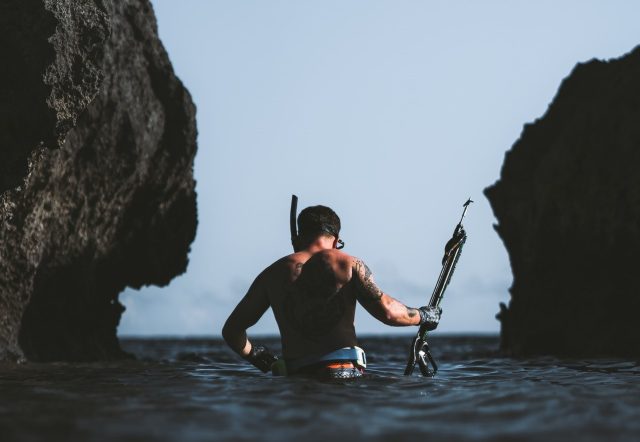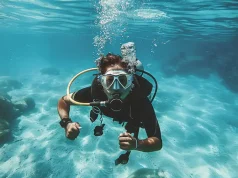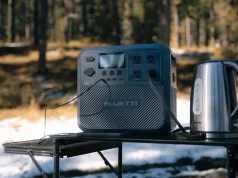
Spearfishing is a great way to enjoy the ocean’s bounty. The rewards are big, as this sport is an excellent way to catch some of the most delicious fish and allows you to enjoy nature while staying in shape. In some states, spearfishing is regulated and requires a license. Usually, there are limitations to the type of water you can dive in, such as no-take marine sanctuaries, limited seasons, and size limits. Make sure you know the regulations for where you want to dive!
Before you get started, there are a few freediving and spear tips you will need to have with you on your boat or in the water.
Step 1: Explore Your Options
When researching how to start spearfishing, one of the first things to consider is the type of spearfishing gear you’ll need. Each type of spearfishing equipment (pole spears, speargun, knife, Hawaiian sling, plastic fins, weight belt, snorkel, purge valves, float line, band guns, wetsuit, etc.)is designed for different situations, so choose carefully based on your locality and personal preferences. For example, if you want to do coastal hunting out of shallow waters, you might want pneumatic spearguns or a pole spear with a smaller barreled length (LBL) and a shorter spear shaft.
Step 2: Find a Class
Picking up a spear gun for the first time can be daunting without a little coaching. If you have never handled a gun in your life, you should find a freedive spearfishing class or course that goes over the basics. Many shops offer classes and are very inexpensive. They will ensure you understand everything from taking care of the equipment to basic underwater safety. Classes and spearfishing clubs like these can help ease your mind about the scuba diving sport and have you ready to hit the water within no time. Learn more here!
Step 2: Basic Underwater Skills
Now that you have completed your first dive, it’s time to set up for the next. The most important part of spearfishing is underwater hunting and skills. It would help if you first used your eyes and brain to spot your prey before you can spear them.
“It’s like fishing in the water,” says Neptonics. “You must learn how to spot fish, watch their behavior, and get to know the underwater world.” It’s also essential to avoid moving around greater depths, making it difficult to judge distances and remain stealthy.
Step 3: Choosing Your Target Fish
The next step to planning your band speargun trip will be picking out the fish you want to hunt. Of course, it’s good to go after bigger fish and see a variety of different species, but for the sake of this beginner’s guide, let’s assume you’re like me and prefer to get in the sea and catch the biggest, nastiest fish you can.
Step 4: Choosing Your Location
Once you know what fish you want to catch, it’s time to start thinking about where they are. Different fish like to hang around in different areas, so if you’re looking for groupers, it might be a good idea to focus your efforts around the coral reef or sandy bottom areas. On the other hand, if you’re looking for snappers and sharks, then maybe head to some deeper waters like shipwrecks or ledges.





